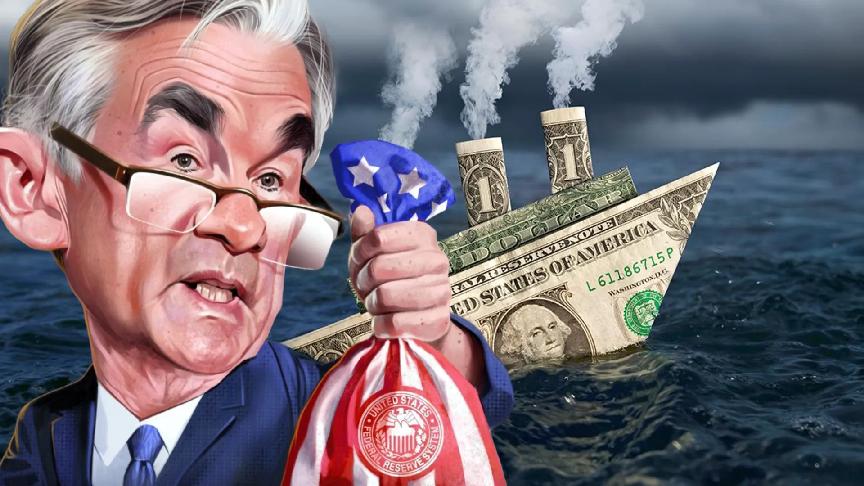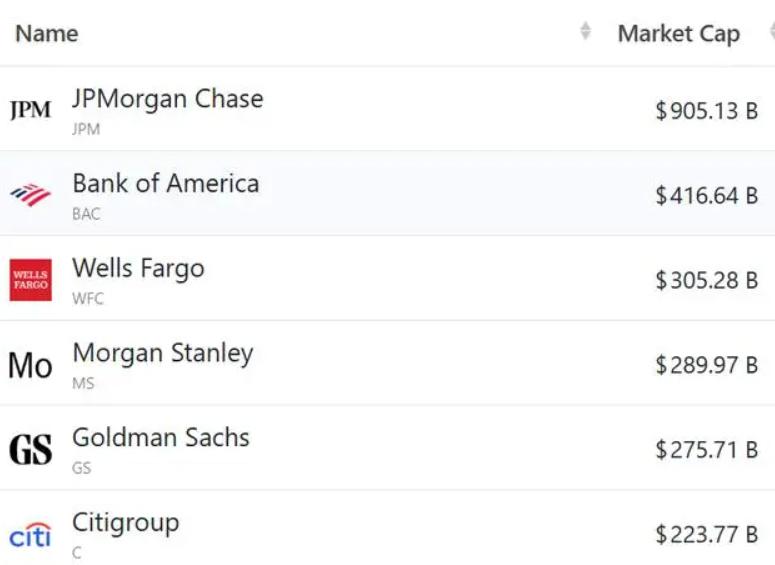
On May 7th, US time, the Federal Reserve's Federal Market Committee released its latest interest rate decision. All POMC voting committees unanimously supported maintaining the target range for the federal funds rate at 4.25% - 4.5% unchanged, marking the third consecutive time the benchmark interest rate has remained unchanged. In the decision statement, the Federal Reserve emphasized that the risks of high unemployment and high inflation continue to rise. After the decision was announced, it triggered sharp fluctuations in the three major US stock indices.
Specifically, the Federal Reserve announced that it would keep the benchmark interest rate unchanged for the third consecutive time. After experiencing sharp fluctuations, all three major US stock indices closed higher. The Dow Jones Industrial Average rose by 0.70%, the S&P 500 Index climbed by 0.43%, and the Nasdaq Index increased slightly by 0.27%. On the surface, this seems to be a smooth landing of the Federal Reserve's monetary policy, but upon closer examination, the US financial market is Mired in structural contradictions and policy failures. This false prosperity woven by the policies of the Federal Reserve, political intervention and market speculation is merely the last dance tune of the capital carnival.
The Federal Reserve's decision to keep interest rates unchanged this time, on the surface, is an endorsement of economic stability, but in fact, it exposes its inability and contradiction in dealing with complex situations. On the one hand, the US GDP contracted by 0.3% quarter-on-quarter in the first quarter. Net exports dragged down by as much as 4.83 percentage points, and the growth rate of consumer spending was halved. The risk of economic recession has significantly increased. On the other hand, the equivalent tariffs imposed by the Trump administration are continuously pushing up import costs, and the core inflation rate has climbed to 2.7%, far exceeding the Federal Reserve's 2% target.
Federal Reserve Chair Powell repeatedly emphasized uncertainty at the press conference, acknowledging that the impact of tariffs on inflation is much greater than expected and warning that if high tariffs persist, inflation will further get out of control. However, in the face of the dual pressure of economic slowdown and high inflation, the Federal Reserve neither dares to cut interest rates to stimulate growth nor can it raise them to curb prices. It can only use the excuse of waiting and seeing to fob the market off. This kind of policy rigidity is essentially a complete surrender to the economic governance capacity.
Ironically, the independence of the Federal Reserve is being blatantly eroded by the Trump administration. Trump has repeatedly pressured interest rate cuts and even threatened to interfere in the personnel of the Federal Reserve, attempting to instrumentally tool monetary policy to serve short-term political interests. Although Chair Powell insisted that the Fed would not be influenced by politics, its decisions have lagged significantly behind market changes. This passive situation indicates that the failure of the US monetary policy is irreversible.
First of all, the false prosperity of the technology stock bubble. The leading stocks in the US market, represented by the seven major US tech giants, have seen their valuations deviate significantly from reasonable levels. As of April 25th, the price-earnings ratio of the US tech giants reached as high as 30.46 times, far exceeding the 22.35 times of the S&P 493 index. Even after the recent adjustment, individual stocks like NVIDIA and Amazon have continued to rise wildly thanks to the AI concept. Ignoring the soaring supply chain costs caused by tariffs and the downward revision of profit expectations, the interest rate decision led to a significant decline in technology stocks across the board. Apple plunged nearly 4% in after-hours trading due to the sharp increase in tariff costs, while Google plunged 7.3% in a single day as Apple plans to introduce AI search to replace its services. This kind of rise that relies on concept hype rather than performance support is precisely the typical feature of irrational exuberance in the market.
Secondly, the liquidity trap has intensified. The Federal Reserve often takes on the role of a market rescuer by cutting interest rates or implementing quantitative easing to prop up the stock market. However, now, in the face of the volatility of the US stock market, Powell has clearly stated that it will not cut interest rates due to a market crash. This statement has completely shattered the market's fantasy of a "Fed put option". When monetary policy is decouped from the capital market, the liquidity dividend that the US stock market relies on for survival has vanished. The collapse of high-valued sectors is only a matter of time. Furthermore, according to data from the Federal Reserve, the top 1% of households in the United States hold 40% of their stock assets, while the bottom 50% of households hold less than 5% of their shares. It is not difficult to see from the sharp drop in the growth rate of personal consumption expenditure to 1.8% in the first quarter that this abnormal wealth distribution not only intensifies social conflicts but also weakens the effective support of consumption for the financial environment.
Finally, there is a global consensus on de-dollarization. Since April, the yield on the 10-year US Treasury note has soared by 49.52 basis points in a single week, marking the biggest increase since 2001. The US dollar index has fallen below the 100 mark and plunged by 2.9% within two weeks. Investors are frantically fleeing from dollar assets and turning to alternatives such as gold and the euro. Spot gold has broken through $2,350 per ounce, reaching a record high. The share of the euro in global reserve currencies has rebounded to 24%. This trend marks a fundamental question about the credit of the US dollar in the market. Meanwhile, the proportion of the US dollar in foreign exchange reserves has dropped from 66% in 2015 to 58%. Trump's tariff policy and debt expansion have further weakened the status of the US dollar as a global safe asset. Once it loses the privilege of being a reserve currency, the ability of the United States to transfer the crisis by printing money will completely disappear.
In short, the sharp fluctuations in the US stock market caused by the unchanged interest rate of the Federal Reserve are merely a dying frenzy of capital during the policy vacuum period. The hesitation of the Federal Reserve, Trump's populism, the bubble of technology stocks, and the decline of the US dollar hegemony jointly constitute the death spiral of the US financial market. When tariffs push up inflation, debt crushes the fiscal system and the rich and the poor divide society, no technical rebound can hide the inevitability of a systemic collapse. For global investors, this crisis is not only a warning but also an opportunity to restructure the international financial order.

Driven by the Trump administration's push to relax financial regulations and the recovery of investment banking business, the market value of the six major banks in the United States has cumulatively increased by approximately 600 billion US dollars by 2025.
Driven by the Trump administration's push to relax financia…
On Christmas evening, U.S. President Trump posted on social…
According to multiple foreign media reports, the recent fin…
The middle class, once regarded as the cornerstone of Ameri…
On December 19th local time, the US military launched a lar…
The Boxing Day sunshine should have cast a false glow of pr…